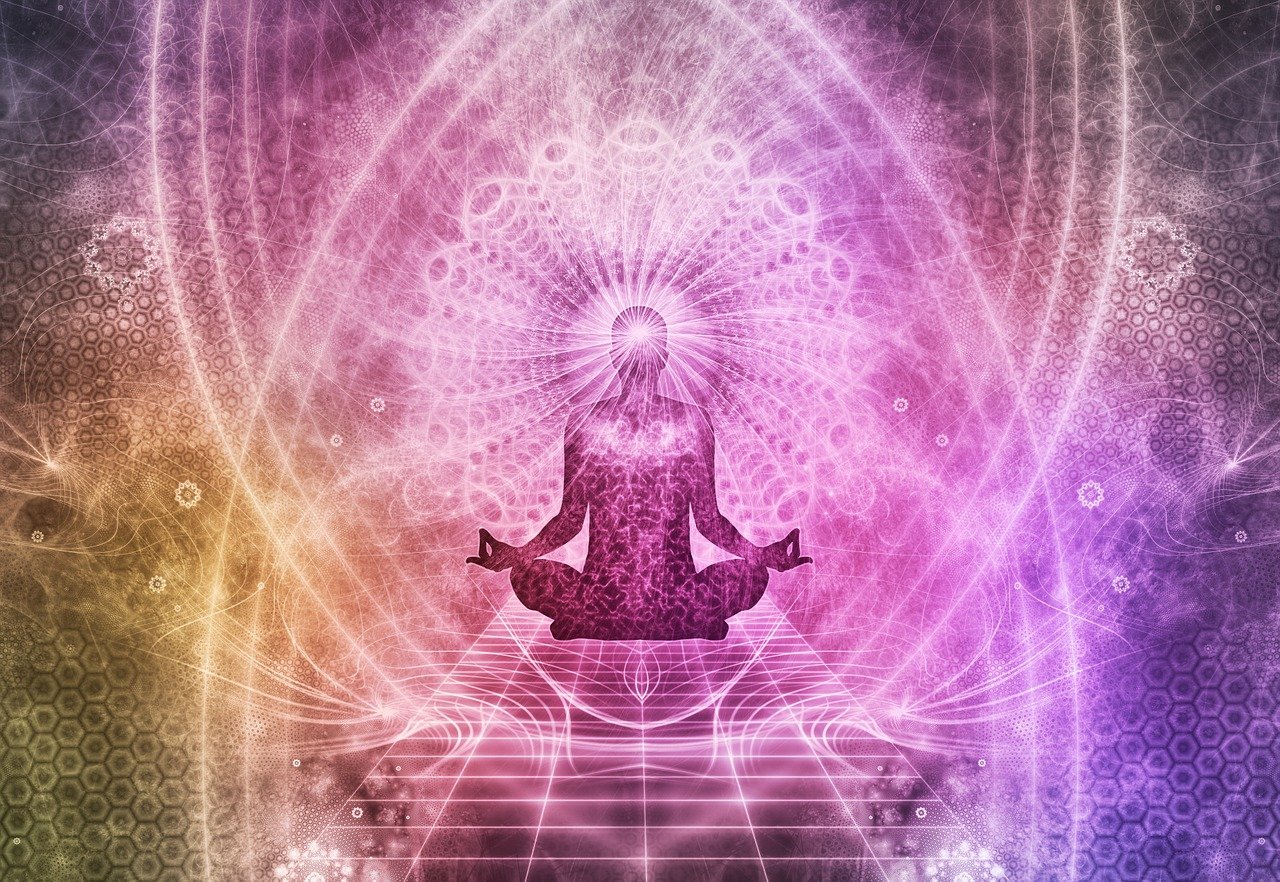Introduction:
In the vast realm of spiritual practices,
few have captured the imagination and devotion of seekers like the ancient
traditions of yoga and Kundalini. Originating from the depths of Indian
philosophy, these profound disciplines offer a transformative journey that
encompasses the body, mind, and spirit. The philosophy of yoga and Kundalini
delves into the essence of human existence, providing insights into our
purpose, potential, and interconnectedness with the universe. Lets explore the
fascinating philosophies behind yoga and Kundalini, shedding light on their
origins, principles, and ultimate goals.
The Essence of Yoga Philosophy:
At its core, the philosophy of yoga
revolves around the notion of self-realization and union with the divine. Yoga,
derived from the Sanskrit word "yuj," meaning "to yoke" or
"to unite," represents the harmonious integration of body, mind, and
spirit. It encompasses a holistic approach to life, emphasizing the cultivation
of physical health, mental clarity, ethical conduct, and spiritual awareness.
Yoga philosophy encompasses various paths, including Hatha Yoga (physical
postures), Raja Yoga (meditation and mental control), Karma Yoga (selfless
service), Bhakti Yoga (devotion), and Jnana Yoga (knowledge and wisdom).
Unveiling the Kundalini Philosophy:
Kundalini, an integral aspect of the yogic
tradition, refers to the dormant spiritual energy believed to reside at the
base of the spine. The Kundalini philosophy holds that through various
practices, this dormant energy can be awakened and guided through the body's
energy centres or chakras, leading to profound spiritual awakening and
enlightenment. Kundalini is often portrayed as a coiled serpent, symbolising
the dormant potential within each individual. The awakening of Kundalini is
said to result in heightened consciousness, expanded awareness, and an intimate
connection with the universal energy.
The Eight Limbs of Yoga:
Yoga philosophy, as described by Patanjali
in the Yoga Sutras, outlines the eight limbs (Ashtanga) of yoga as a practical
framework for spiritual growth and self-realization. These limbs provide
guidance on ethical conduct, self-discipline, physical postures, breath
control, sensory withdrawal, concentration, meditation, and ultimately, the
state of samadhi or union with the divine. Each limb represents a step towards
self-mastery and spiritual evolution, emphasizing the importance of introspection,
discipline, and mindfulness in the pursuit of enlightenment.
The Ultimate Goal:
Both yoga and Kundalini philosophy share a common ultimate goal: the realization of our true nature and the union with the universal consciousness. Through dedicated practice and inner exploration, individuals strive to transcend the limitations of the ego and connect with the divine essence that permeates all existence. This state of self-realization is often described as a boundless ocean of consciousness, where the boundaries between the individual and the universe dissolve, revealing the profound interconnectedness of all things.
Conclusion:
The philosophy of yoga and Kundalini offers
a profound roadmap for spiritual seekers on their journey towards self-realization
and enlightenment. Rooted in ancient wisdom and timeless truths, these
practices guide individuals to explore their inner landscape, cultivate
self-discipline, and awaken their dormant potential. By embracing the
philosophies of yoga and Kundalini, individuals can embark on a transformative
path that leads to holistic well-being, expanded consciousness, and a deeper
understanding of their place in the vast tapestry of existence. May the
teachings of yoga and Kundalini continue to inspire and uplift humanity on its
quest for self-discovery and spiritual growth.




0 Comments